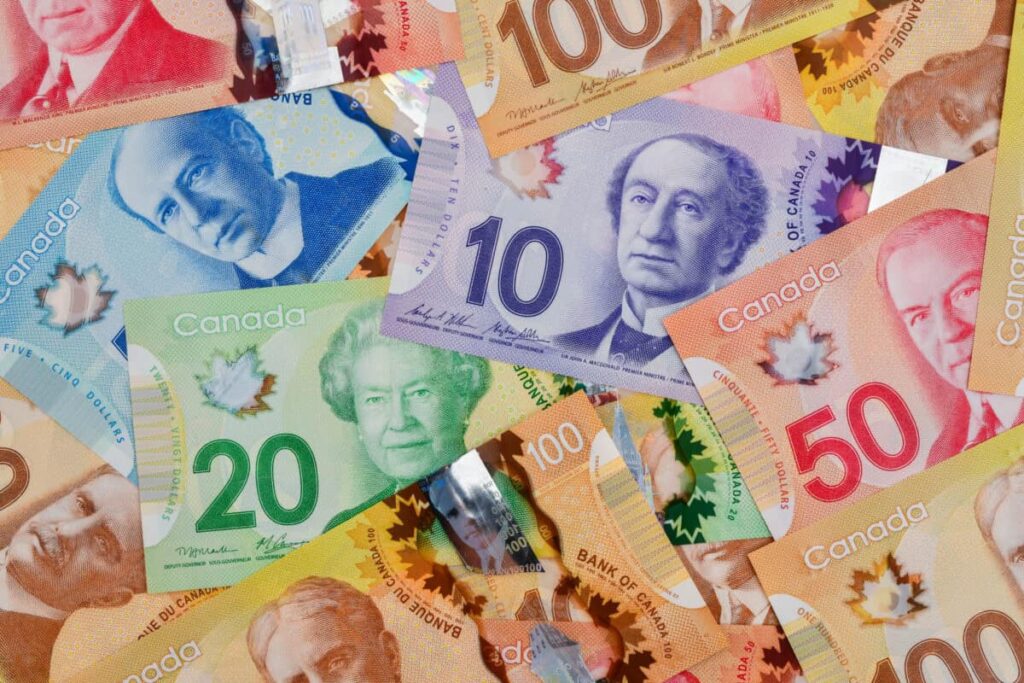Last year, I frequently recommended The Toronto-Dominion Bank (TSX:TD) stock because I felt it had gotten too cheap. The stock has since risen considerably from the levels at which I was recommending it. As a result, I now feel like the “easy money” in TD has been made, and investors might not get truly exceptional returns going forward. I continue holding all the TD shares I held last year, and I think the stock should at least market perform. But I no longer feel a strong impulse to buy even more TD Bank stock. In this article, I will explain why that is the case.
Valuation
One reason why TD Bank stock is less interesting now than it was last year is because the stock has run up quite a bit. At the lows last year, the stock was trading at $74 and was a real bargain. Today it is at $82.15, meaning that it has risen 11% in a fairly short timeframe. TD still trades at lower multiples than its peers, but is no longer at quite the deep discount it once was.
At today’s price, TD trades at:
- 10.5 times adjusted earnings.
- 17 times reported earnings.
- 2.7 times sales.
- 1.3 times book.
These are still fairly low multiples by the standards of North American money centre banks. However, they are not as low as what was once on offer. Not long ago, you could get TD stock for 9 times adjusted earnings. Today it’s at 10.5. By contrast, Royal Bank of Canada stock is at 15 times earnings. The big US banks are trading around that level too. So there’s still a discount here, but not a massive one.
US retail: Growth not possible
A big issue for TD right now is that its previously fast-growing US retail segment can no longer grow. The US retail bank’s assets were capped at $430 billion as part of TD’s settlement with the US Department of Justice (DoJ), and it turns out that $430 billion is about what the US retail bank has right now. So, whenever that business makes money, the money immediately needs to be taken out of the business and put somewhere else inside TD, in order for the bank to be in compliance with the asset cap. Effectively, the bank needs to sell off part of its US retail business, because keeping it right at the margin of $430 billion risks a violation occurring when an asset increases in value. So, TD is considering selling various parts of its US retail business. Some contenders for the chopping block have included its $10 billion Charles Schwab stake and a $9 billion mortgage portfolio.
The problem here is that selling these assets will impede TD’s US retail growth. When the money is taken out of the US retail business, it has to be put to work somewhere else. It could be used to pay dividends, fund buybacks or improve capital ratios at TD’s Canadian business, facilitating more loans. However, there are few areas in TD’s business that grow as much as US retail does in a good year. So, positive earnings growth in the year ahead will be tough for TD. For this reason, I believe the easy money in the stock has been made.

